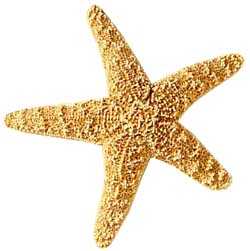DK Nature: Invertebrates
About 95 percent of all animals are invertebrates—animals without bones—and many are tiny or even microscopic.
Invertebrates include more than 30 different phyla (major groups) of animals. Some of the most important ones are shown here.
Insects, crustaceans, and many other invertebrates have a hard outer case called an exoskeleton. This protects them against blows and predators, and keeps them from drying out. Slugs, leeches, and jellyfish have soft bodies and no exoskeleton. The pressure of fluids inside their bodies maintains their shape.
The hard exoskeletons of insects and creatures such as crabs do not grow with the rest of the body. As the animal grows, its exoskeleton gets too tight—so it sheds it from time to time. Underneath is a new, slightly bigger, and looser case. The animal pumps itself up with fluid before the case has time to harden.




